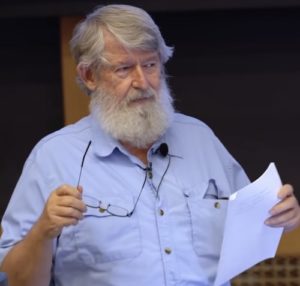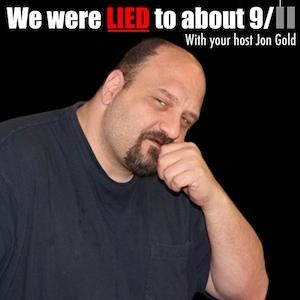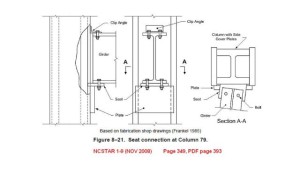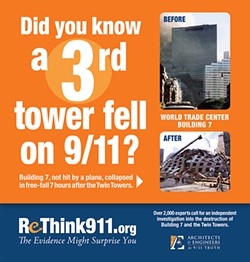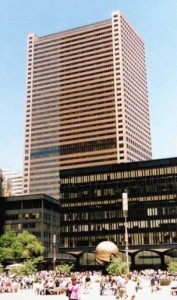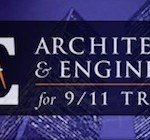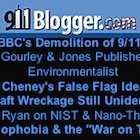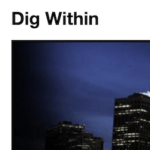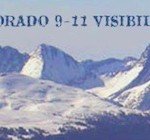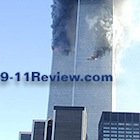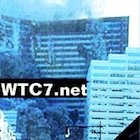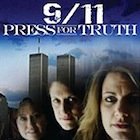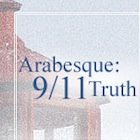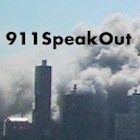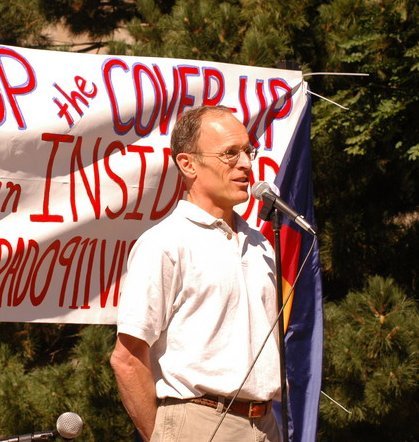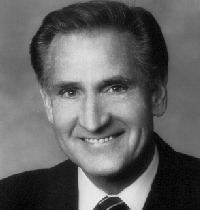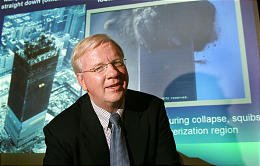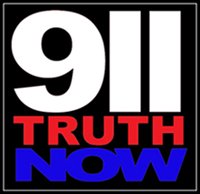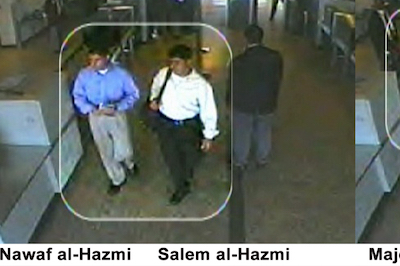 The strongest evidence linking the alleged hijackers to 9/11 was a video said to be from the closed circuit TV (CCTV) system at Dulles International Airport in Washington DC. The video was not made available until the day before the 9/11 Commission Report was released, in 2004, and it helped to pave the way for widespread acceptance of the official account. Since the other evidence against the accused hijackers was dubious and suspiciously convenient for the FBI, which provided it, the Dulles video should be examined closely.
The strongest evidence linking the alleged hijackers to 9/11 was a video said to be from the closed circuit TV (CCTV) system at Dulles International Airport in Washington DC. The video was not made available until the day before the 9/11 Commission Report was released, in 2004, and it helped to pave the way for widespread acceptance of the official account. Since the other evidence against the accused hijackers was dubious and suspiciously convenient for the FBI, which provided it, the Dulles video should be examined closely.
Doing so has led some independent 9/11 investigators to conclude that the Dulles video contains “no information to link its images to AA 77.” Reasons include that:
- None of the Dulles airport staff remembered seeing the alleged hijackers at the airport
- Dulles had over 300 cameras but no footage was released except for portions of this one video (and no video was available from the other airports)
- The alleged Dulles video contains no date, time stamp, or camera identification
- The video was shot at a rate of 30 frames per second (fps), which the investigators said is not typical of CCTV videos
- The video appears to be an edited composite of shots taken from different angles
Additionally, it has been noticed that the airport screeners in the Dulles video did not perform their duties according to airport requirements. An attorney representing 9/11 victims’ families stated that security agents in the video screened the suspects in ways that were not like those required in Dulles training videos.
Could the video be fraudulent?
Dulles airport security manager Ed Nelson said that the FBI confiscated the actual video from the CCTV system “some time after 10:00 a.m.” on 9/11. Nelson wondered how the FBI “knew who the hijackers were out of hundreds of people going through the checkpoints.” Two days later it was reported that FBI agents had “examined footage from dozens of cameras at the three airports where the terrorists boarded the aircraft.” However, the official account claimed that no such footage existed except for the one video later released as the Dulles CCTV evidence.
Recently, I had an online discussion with a man who managed maintenance of the Dulles CCTV system until mid-2000. His comments shed some light on questions of whether the video is genuine. This was the second of two former employees of Stratesec who made comments on my blog early this year. Stratesec was the security company that had contracts for several of the facilities impacted on 9/11 including Dulles Airport, the WTC, and United Airlines.
Like the first former Stratesec employee who contacted me, Andrew Olson, the Dulles video manager (calling himself only “David C”) is now working on contracts for the U.S. Department of Defense. David C’s comments on my blog were made from an IP address belonging to the U.S. DOD Network Information Center in Washington, DC, run by the Defense Intelligence Agency (DIA). Apparently, David C went from a job at Stratesec to working for a “dot com start-up…just two blocks from the WTC” to working at the DIA where he makes comments defending Stratesec.
That these two former Stratesec employees now serve as military suppliers reflects the fact that Stratesec’s leaders also went on to profit from the crimes of 9/11. For example, the company’s chief operating office Barry McDaniel started a police-state supply business with a close colleague of Dick Cheney. And Stratesec’s chief executive, Wirt D. Walker, went on to run businesses with people who have close ties to U.S. military and intelligence agencies.
David C worked for Stratesec from 1995 to 2000, in the role of Senior Field Engineer Technician for most of that time. He was responsible for operations of security systems, access control systems, badging systems, and CCTV systems installation and management at Dulles airport. He has provided images of documents that support these claims. It’s important to note that David C was not operating these systems at the time of 9/11. Management of the Dulles CCTV system had changed from Stratesec to ADT a year before the attacks.
The cameras used in the Dulles CCTV system came from Verint Video Solutions. Coincidentally, Verint cameras were also used at the Pentagon, the WTC and, later, in the London subway system at the time of the July 2007 bombing. It was Verint employee David Brent who reported that he had viewed all the video from over 300 cameras that had recorded the events at Dulles on 9/11.
When David C was asked about the evidence suggesting the Dulles 9/11 video might be altered or fraudulent, he responded with extensive comments, many of which were not specific enough to be useful. With regard to the five reasons listed above, the most important of David C’s answers relate to reasons 3 and 4.
- Why was there no timestamp on the video? David C’s answer: Dulles used a state-of-the-art Loronix video software system. The system recorded date and time information, which could not be altered. But the video could be exported without the timestamp showing. This was done in some cases where the timestamp obscured some of what was taking place.
- How could the video be shot at 30 fps when typical security video is at 1 to 4 fps? David C’s answer: The state-of-the-art Loronix recording software allowed for “real time” (30 fps) video to be recorded and stored for up to two weeks.
The use of Loronix video software at Dulles was confirmed in a 1998 paper (pdf) from the University of Southampton. The paper states that, with the Loronix system, “Each video clip is fingerprinted through a mathematical algorithm during the video capture process. The fingerprint becomes part of the clip and is used by the playback software to verify the video has not been altered.” Therefore, although the date and time stamp are not necessarily present, the Dulles video file can be confirmed to be genuine and unaltered if one has access to the Loronix software program in which to view it. The video can be downloaded here although it is not in the original format.
It’s interesting that the video did not appear as publicly available evidence until 2004, more than a year after the Dulles system was upgraded in a way that allowed the video files to be accessed remotely. Until the video fingerprint is confirmed independently, the question of whether the video genuinely represents activities filmed on 9/11 at Dulles will remain unanswered.
Additionally, it’s odd that David C knew about the Loronix software but said he had never heard of Verint, the company that manufactured the cameras and owned the Loronix product. He also stated “I think we may have had only two cameras at the security checkpoints [at Dulles]” and yet could not explain how the evidentiary video appeared to be made of shots from different angles. Perhaps follow-up questions will reveal more of the truth.
If the video is a fake, how could that have been done? There are a number of considerations in answering this question.
The video was leaked to the press (at a politically timed moment) in 2004 by the law firm Motley Rice, represented at the time by terrorism propagandist Jean-Charles Brisard. How the firm came by the video was never reported. However, it is known that the FBI confiscated the original video and had shown it to a 9/11 family member who said “the terrorists’ faces had been digitally disguised.” Why would the FBI take the time to digitally disguise the faces of dead suspects? Moreover, if the Bureau could do that what other modifications could be done?
The FBI made at least one “training film” at Dulles. The Bureau had strong ties to Stratesec as well, in that the company’s president from 1998 to 1999 was Charles Archer, the FBI’s former Assistant Director In Charge of the Criminal Justice Information Services Division. Stratesec’s directors had also previously owned a movie production company called Prism Entertainment.
How about Verint? In 2002, the year before remote access to Dulles video files became a possibility and two years before the video was released, the company named Howard Safir as a director. Safir is a former New York City Police and Fire Commissioner who was appointed to those roles by his close friend (and 9/11 suspect) Rudy Giuliani. Did Safir have any role in release of the Dulles video?
In any case, because the Dulles 9/11 video is the strongest evidence implicating the alleged hijackers, investigating its validity remains important. As shown above, questions that remain unanswered about the video can still be resolved with an objective approach that is open to dialogue and open to possibilities.
Kevin Ryan blogs at Dig Within.
